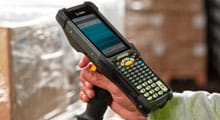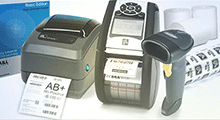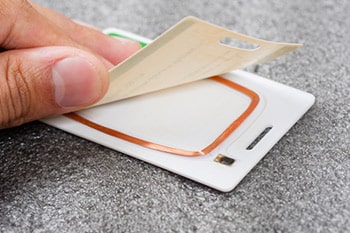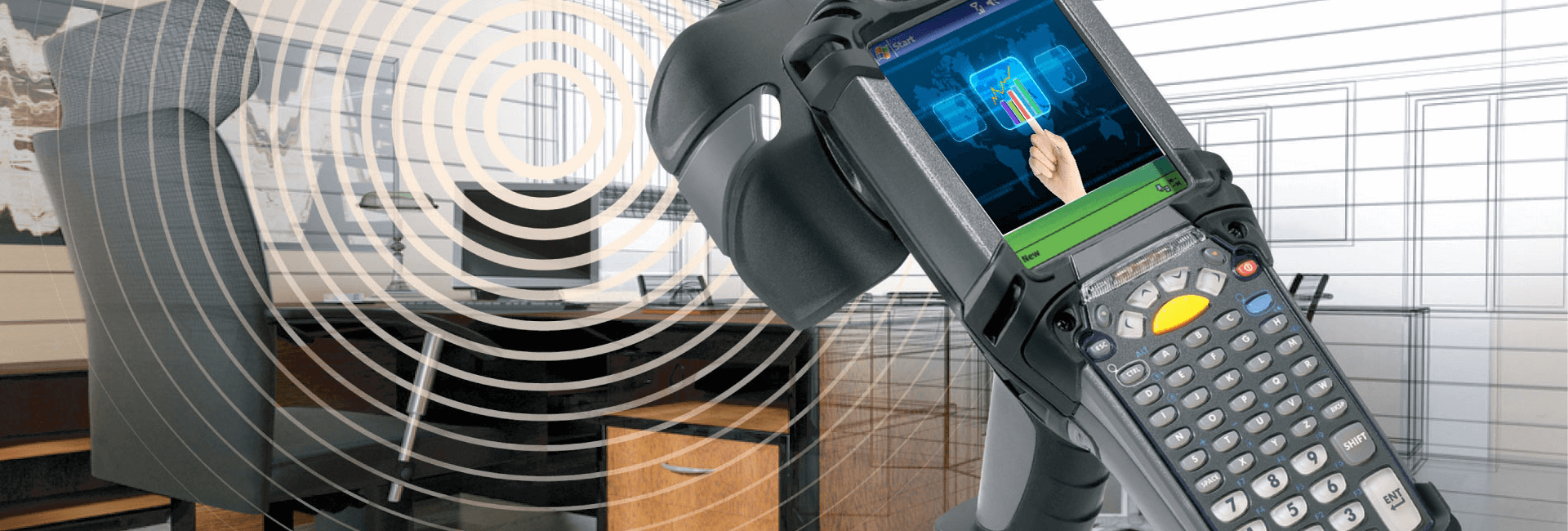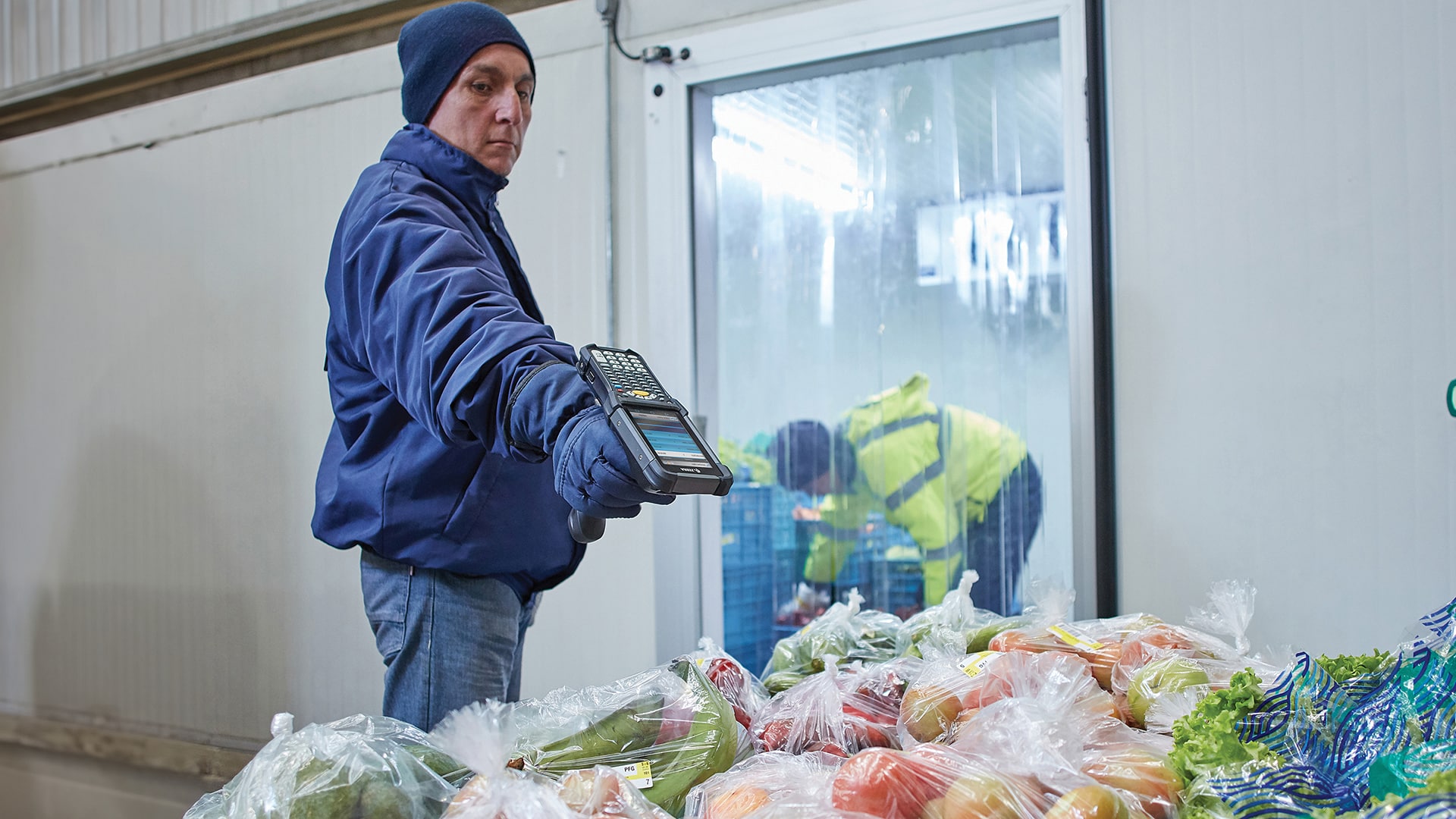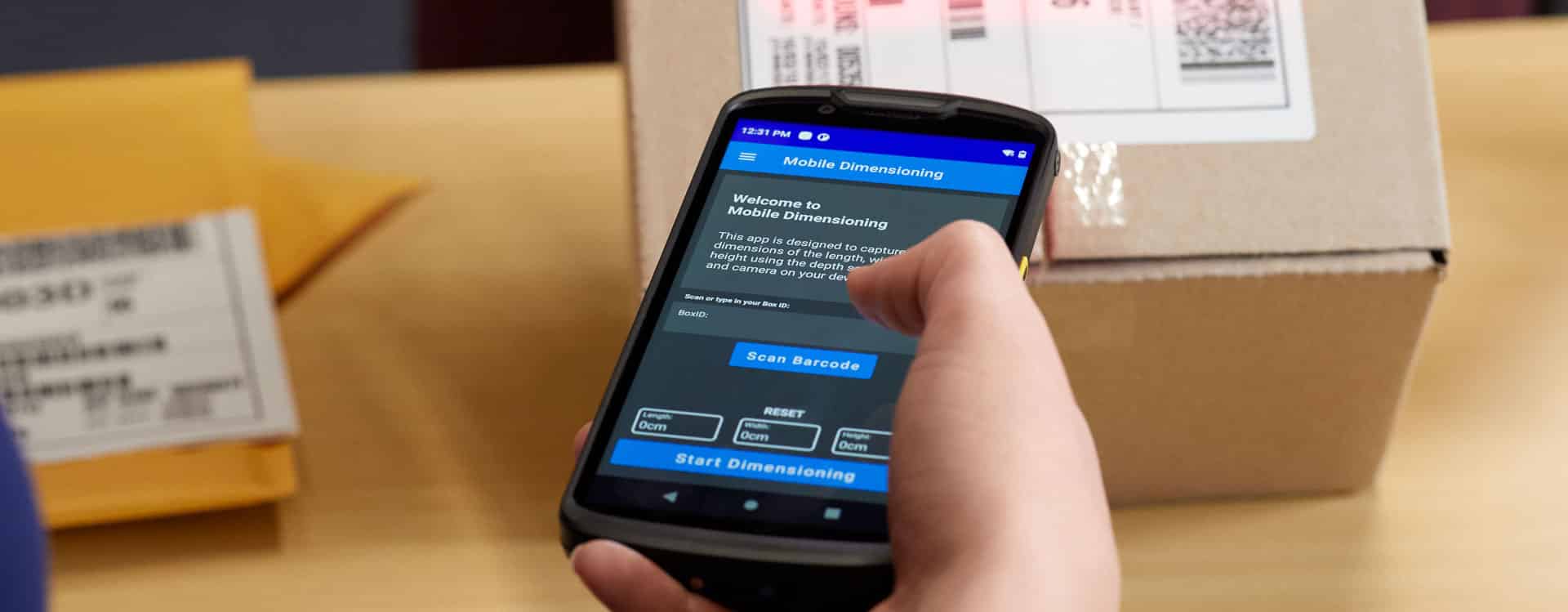Security presents a growing concern across the supply chain, with phishing, counterfeiting, employee theft, and many other concerns sparking financial losses and even reputational damage. While enterprises have traditionally relied on physical security and video surveillance to safeguard inventory and equipment, it is increasingly clear that higher-level strategies are required. Ideally, businesses will adopt a layered approach, which includes numerous safeguards and strong visibility to ensure that emerging issues are detected.
While advocates often point to improved efficiency and accurate inventory tracking as top reasons to adopt RFID solutions, these are just two of many advantages. Often, the decision to implement RFID technology also centers around addressing security concerns. After all, RFID can improve visibility making it easier to spot emerging security issues or to respond to such problems promptly and effectively. This can limit the potential for security-related disruptions, while addressing common concerns such as theft or even malware.
In this guide, we’ll explore the impact RFID technology has on supply chain security and how it effectively addresses physical security concerns.
Understanding RFID and Its Role in Supply Chain Security
Radio-frequency identification (RFID) technology has long played a powerful role in the supply chain. Consisting of tags and readers, this advanced technology relies on radio waves to capture and read data stored on purpose-driven tags or labels. These can be active or passive, but they contain unique identifiers and, unlike barcodes, do not require direct lines of sight for scanning.
Integrating RFID into a layered security strategy provides organizations with increased visibility, better access control, and strengthens overall supply chain security. This is increasingly important because supply chain attacks are on the rise but, due to their volume and versatility, can be difficult to prevent, detect, or mitigate. Security-oriented RFID applications worth exploring include:
Preventing Theft and Unauthorized Access in Warehouses
Theft is far less likely when visibility is a priority. RFID can increase visibility by allowing for real-time inventory management and, by extension, accurate inventory counts. This makes it easier to determine when and how inventory moves into and throughout the warehouse environment. It can also be a valuable strategy for high-value asset tracking.
Increasingly, RFID is also used for access control, determining who can enter restricted areas and under what circumstances. Under this approach, employees are expected to wear RFID badges, granting them access to restricted areas or ensuring those areas stay off-limits. Beyond this, RFID badges track employees’ movements within the entire warehouse environment and can quickly reveal when or whether suspicious activities occur.
In the event of theft or unauthorized access, RFID can lead to swifter resolutions. These systems produce clear audit trails which can quickly reveal where tampering has occurred and what can be done to prevent similar problems in the future.
Ensuring Product Authenticity and Preventing Counterfeiting
Counterfeiting is a growing problem in many industries, with fake handbags, electronics, and even pharmaceuticals eroding consumer trust or placing customers at risk. If customers do not feel confident that they will receive authentic products, they may be less inclined to order, even from well-established companies. As such, it benefits businesses to provide additional proof of authenticity — and this is possible with the strategic integration of RFID.
Featuring unique tags containing serial numbers, RFID systems form digital footprints, thereby making it easier to identify and authenticate products as they move through various points in the supply chain. This also improves traceability with continuous tracking, ensuring that product location and status are known at all times. Should suspicious activities become evident, RFID systems can issue instant alerts.
Many businesses now also make full use of smart packaging, which incorporates RFID sensors that can be read not only as items make their way through the supply chain, but also after they are accessed by consumers. From certificates of authenticity to readers in mobile apps, there are many ways to integrate RFID tags into counterfeiting prevention.
Reducing Supply Chain Vulnerabilities and Enhancing Risk Management
There is no denying that the modern supply chain faces many alarming risks, but such risks cannot be mitigated unless they are known. This is where RFID solutions can come into play. By increasing visibility at all stages in the supply chain, RFID systems can identify risks early on — and signal that proactive measures are implemented to reduce the likelihood of these risks becoming a reality. In general, insights produced by RFID systems can make it easier to identify risks that might otherwise be overlooked.
Indirectly Mitigating Cybersecurity Threats in the Supply Chain
While RFID technology primarily supports physical security in the supply chain by providing visibility and auditing of assets, it can indirectly reduce the risk of cybersecurity threats. By restricting physical access to critical infrastructure and sensitive resources through RFID-enabled access control, organizations reduce the risk of unauthorized physical breaches that could lead to cyber attacks.
Best Practices for Implementing RFID in Your Supply Chain Security Strategy
RFID can play a powerful role in shaping and supplementing your supply chain security strategy, but it must be implemented carefully to ensure that the technology does not inadvertently introduce new problems. After all, while RFID systems can address many security concerns, they — like other solutions and devices — can be exploited by sophisticated threat actors if not set up properly. These security best practices will help you make the most of RFID without suffering data breaches or other additional cyber threats:
- Strategic configuration: The most effective security measures involve a proactive approach. This begins with a strong configuration. RFID implementation can be complicated, especially when integrating tags and readers into existing warehouse management systems (WMS). Meanwhile, strong authentication protocols must be established to determine permissions. Many enterprises benefit from working with expert RFID consultants like Peak Technologies. The team at Peak provides end-to-end solutions that encompass everything from RFID strategy development, to systems design, and even deployment and testing.
- Penetration testing: Sometimes referred to as ethical hacking, penetration (“pen”) testing simulates cyberattacks to determine whether security solutions are actually capable of preventing real-world security breaches. These tests can reveal whether communication between RFID readers and tags can be intercepted. Pen testing can also reveal weaknesses in access control systems and other RFID-enhanced security strategies. Other forms of testing may also be necessary, with asset tag verifications, for example, determining whether tags remain in strong condition.
- Auditing: Similar to pen testing but with a greater emphasis on regulatory compliance, auditing can reveal whether RFID systems comply with industry standards or other requirements. Auditing needs may vary, but most enterprises benefit from completing thorough RFID audits at least once every year.
RFID Can Help Your Supply Chain Security
As you explore opportunities for integrating RFID into your layered security approach, work with the experts at Peak Technologies to ensure thorough implementation. Offering a range of RFID solutions, we strive for seamless integrations so enterprises can make the most of RFID — for asset tagging, inventory management, and increasingly, for addressing supply chain security threats. We have a firm grasp on the modern IT security ecosystem and can help you safeguard sensitive data.
Sources:










